#30063 Stereo LED Hearing Protection Impulse and Compression Selectable
The new HYSKORE® Tactical Over & Out® #30063 Electronic Hearing Protector is not only the latest and most advanced electronic hearing protection from HYSKORE®, it represents the most advanced shooter’s hearing protection available any place. In the passive or off mode with headband in place, they protect in an NRR of 24.
- User Selectable Impulse (Clipping) or Compression Protection
- Two Channel Stereo Reception
- Independent Left and Right Volume Balancing
- Talkabout/Communicator Input with Button Activated Microphone
- iPod/MP3 Input
- Hands Free Lighting with 6 Ultra Bright White LED’s
- 4 Red Rear Facing Safety Lights
- 250% Amplification
- Uses 4 x AA Batteries
The new HYSKORE® Tactical Over & Out® #30063 Electronic Hearing Protector is not only the latest and most advanced electronic hearing protection from HYSKORE®, it represents the most advanced shooter’s hearing protection available any place. In the passive or off mode with headband in place, they protect in an NRR of 24.
In the impulse mode, sometimes referred to as clipping, sounds are received by the microphones and then interpreted by the solid state circuit. If the volume/amplitude is below 85 dB, the sounds are transmitted to the speakers in each ear pod and volume can be adjusted according to preference. While in this mode the user can use the volume control on either ear to balance the output or to increase the volume, up to 250%. When the amplitude exceeds 85 dB, the circuit stops transmitting to the speakers and the hearing protection defaults to the passive (NRR 24) level. This type of hearing protection is perfect for situations when an individual experiences infrequent loud noises such as, shooting by themself or with one or two other people. It is also perfect while using power equipment such as, chainsaws and weed trimmers.
In the compression mode, which is the next detent on the audio control, sounds are received by the microphones and passed on to the electronic circuit, but in this case they are handled differently. Sounds below 85 dB are still heard. The volume of these sounds is adjustable via the volume controls. Sounds above 85 dB are compressed by about 75%.The user adjusts the volume so the sound level is comfortable. The advantage to compression hearing protection is that it allows the user to hear normal conversation while still being involved in a noisy environment. For instance, while shooting on a range with multiple shooters firing multiple shots, impulse/clipping protection defaults every time a shot goes off. This is both annoying and distracting. With compression the sound level remains constant but reduced, and the user has the ability to hear range commands, safety commands, and normal conversation.
These hearing protectors have been tested to protect at an NRR of 24, with the headband in place, however, this level of protection is based upon standardized test fixtures in the laboratory without the intervention of any extraneous conditions. In other words, the shape of a person’s head and/or how their hair is cut could permit sound incursion, which reduces the protection level. One of the most overlooked factors that reduces the effectiveness of any muff type hearing protection is eyeglasses. If you wear glasses your protection level could be compromised because the arms of the glasses prevent the ear cushions from making a tight seal against the head.
In order to maximize the level of hearing protection available from any electronic muff style hearing protection, the best procedure is to first use foam ear plugs (these usually protect at a level of NRR 25 to 30) and then wear the electronic hearing protection (over the foam plugs) with the volume level turned high enough so you can still hear comfortably. What will happen when there is a loud noise is that the hearing protectors will default and protect at their passive level, and the foam ear plugs will protect at their NRR. This is an effective technique used by many people in sustained high noise level environments.

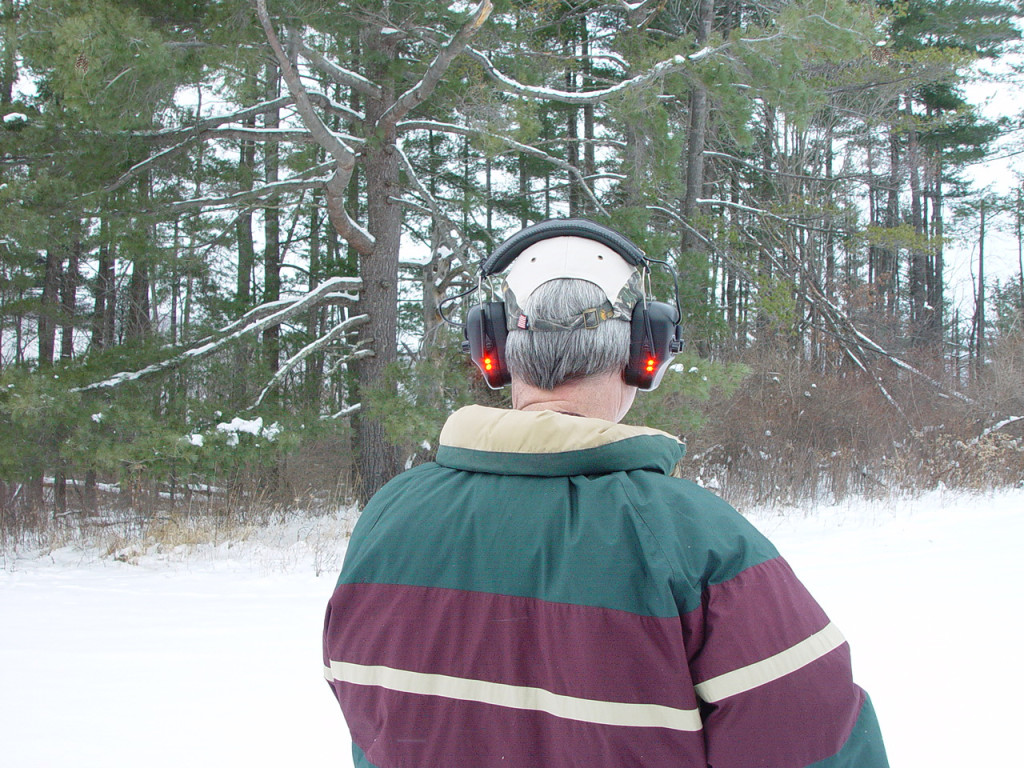
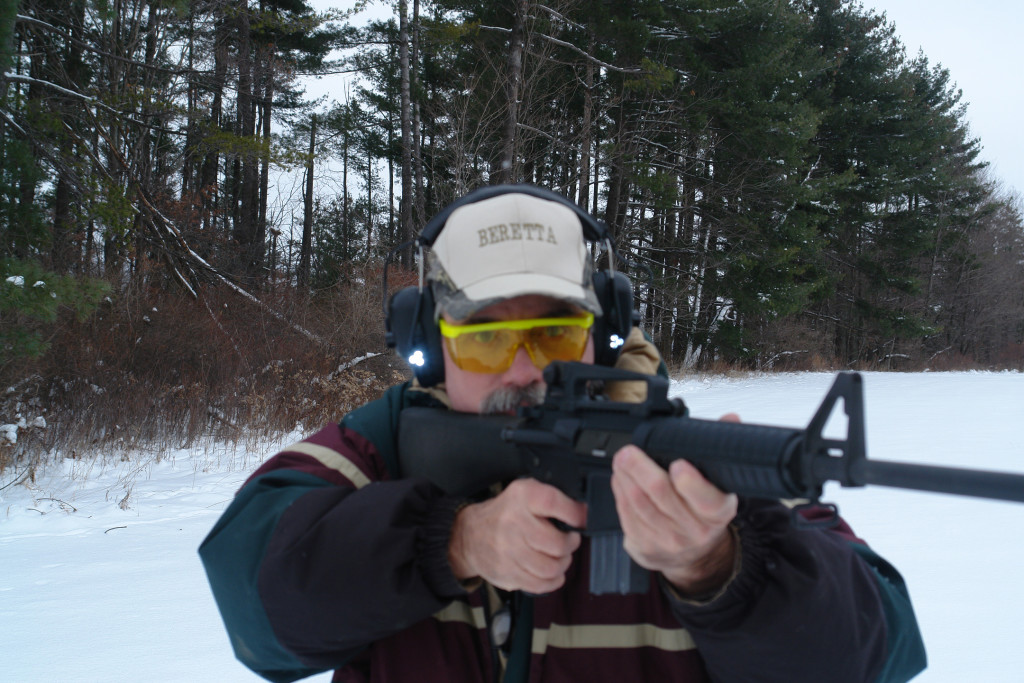
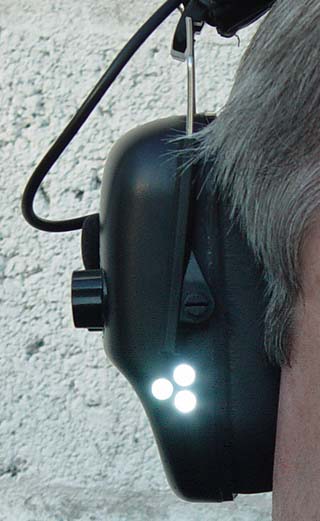
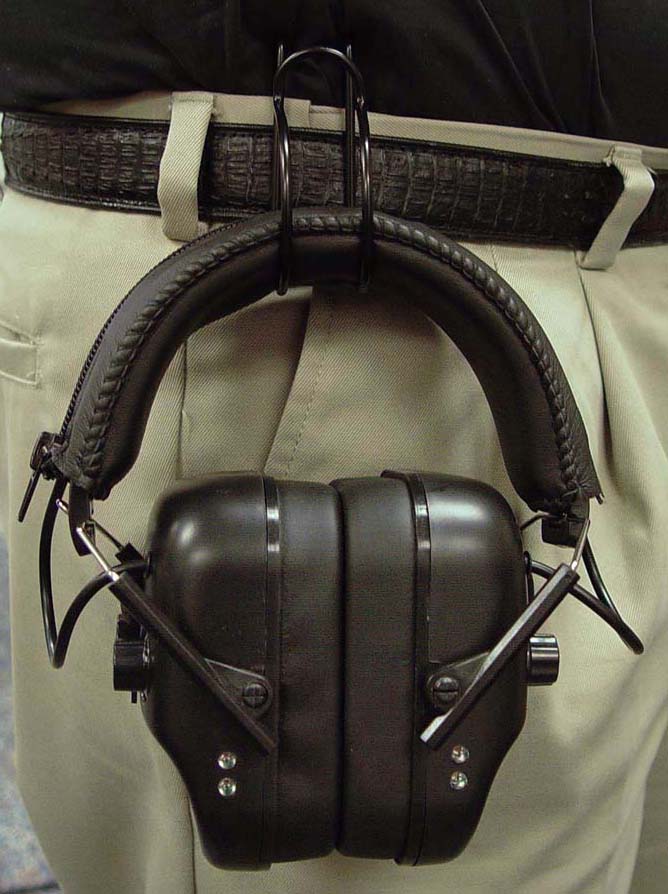
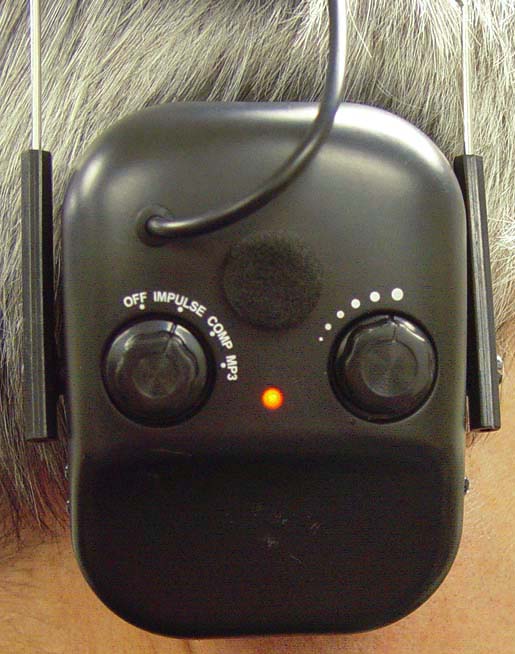
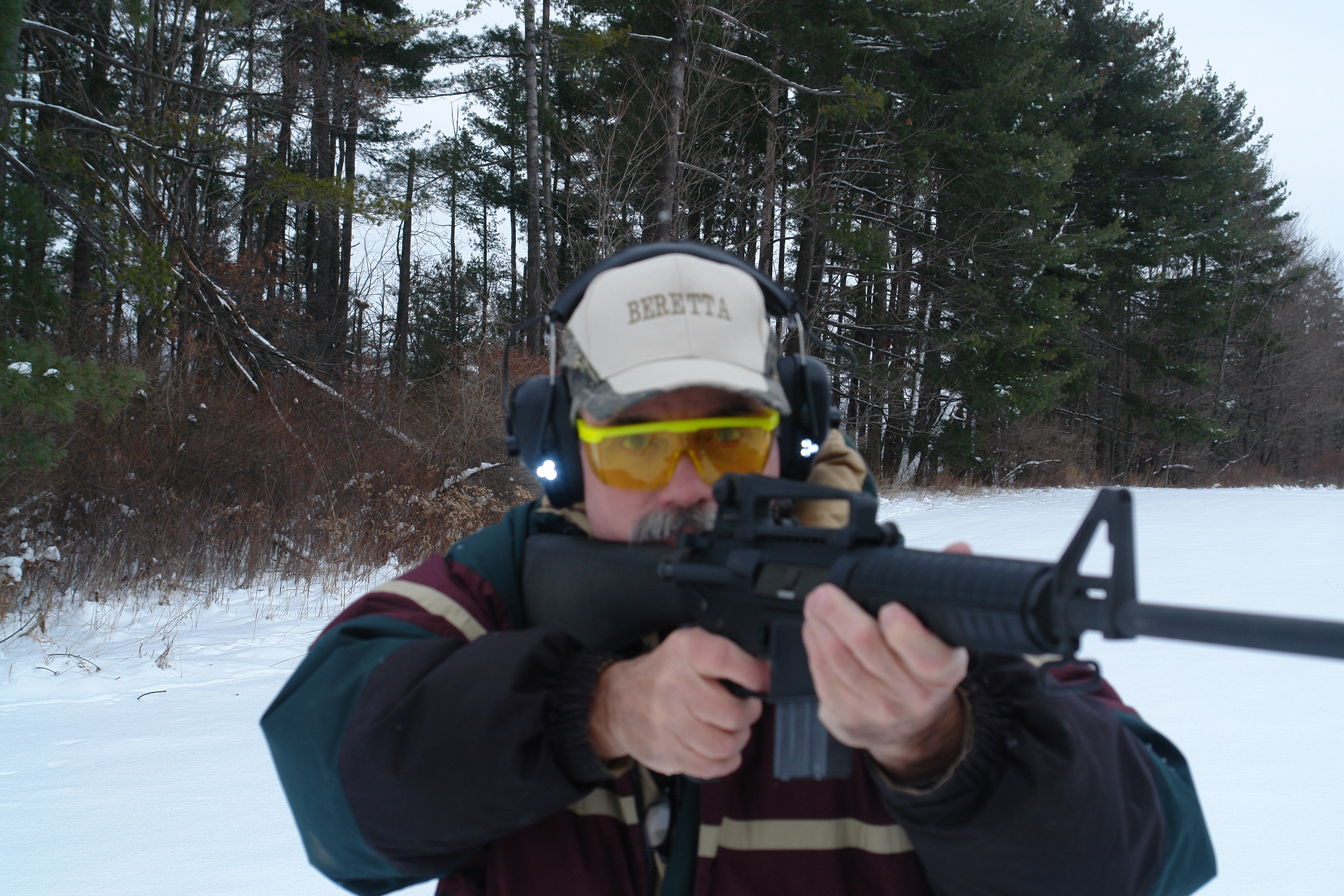
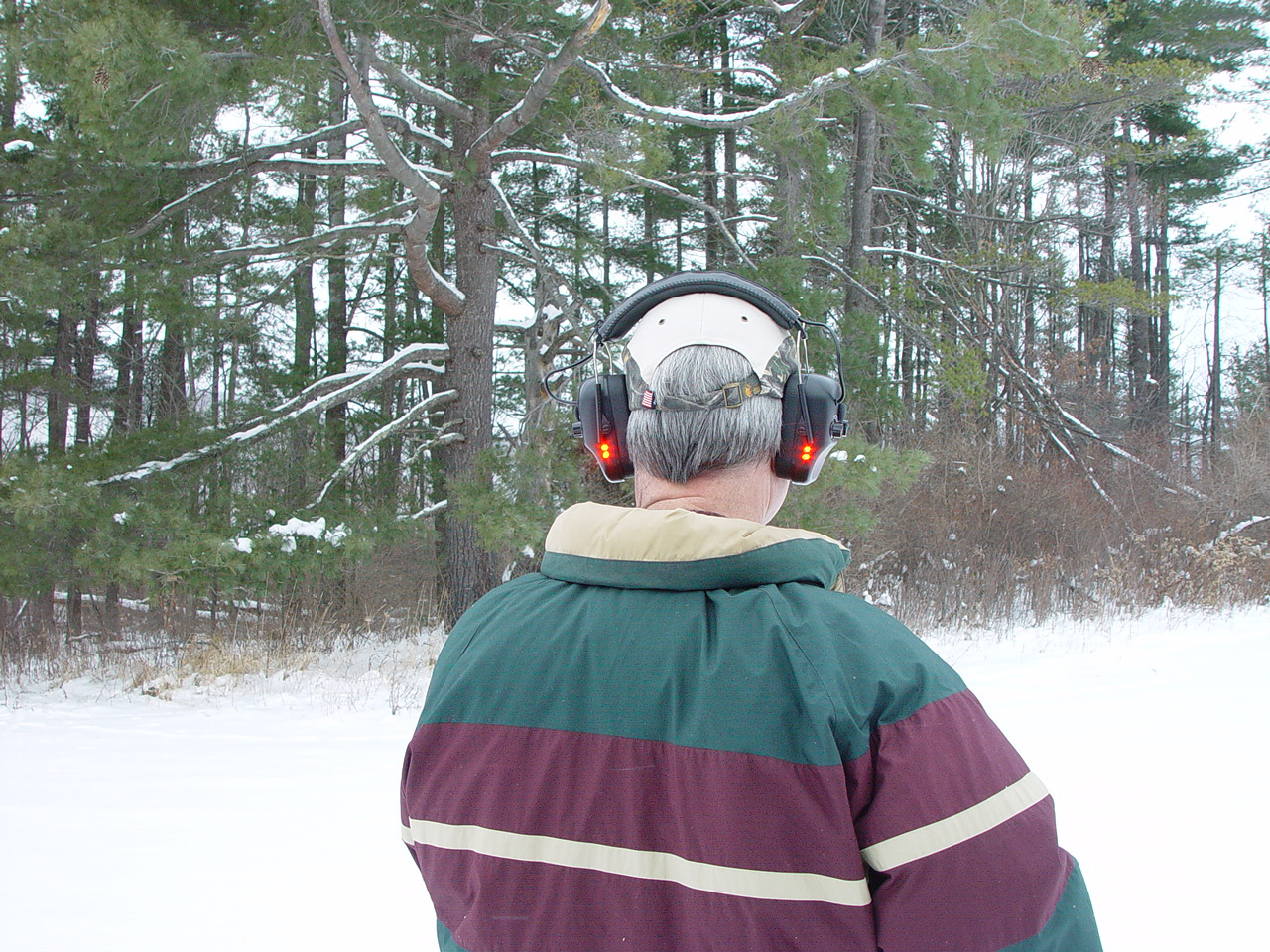
No Comment